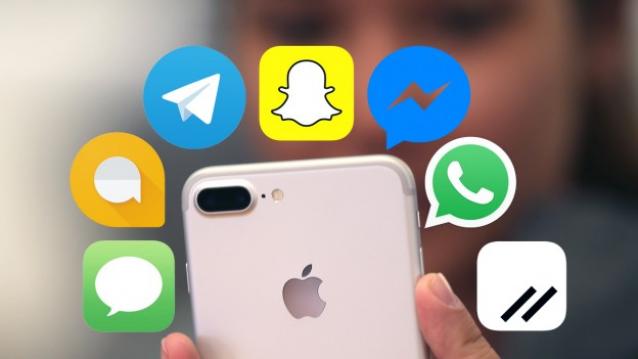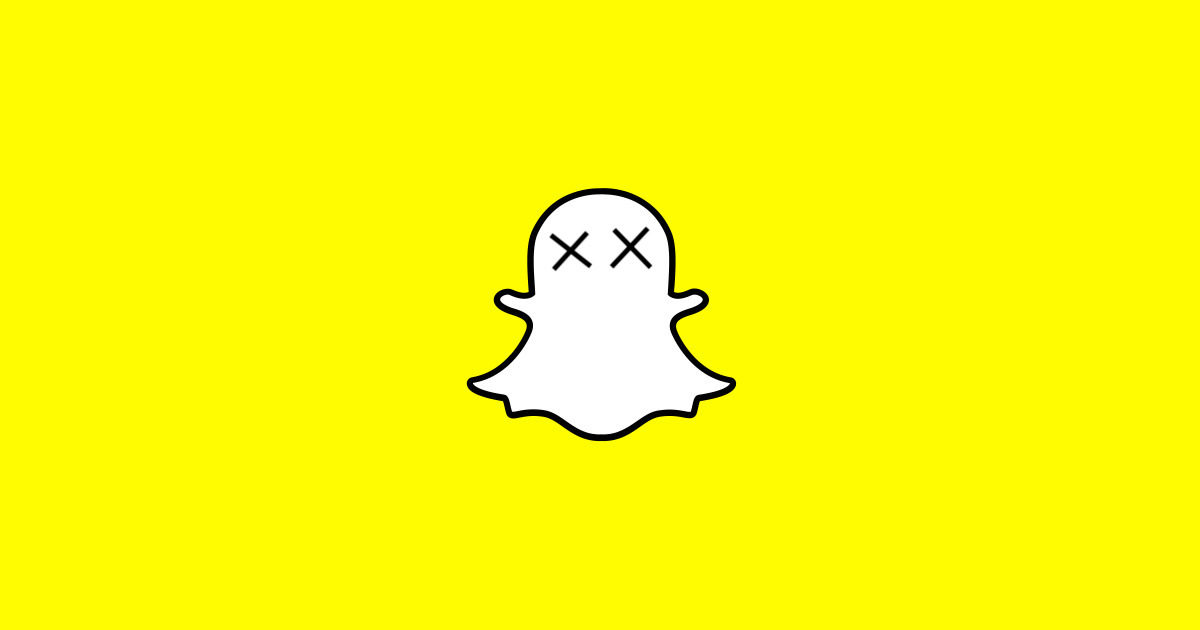The way we use social networks is continually changing: just 10 years ago, MySpace was on the rise. Back then, the idea of disappearing messages used by Snapchat and Instagram wouldn’t make much sense to anyone. Lately, a new pattern has emerged: it seems like social networks as we know them are taking a step back, while various messaging apps are on the rise. In 2016, four most popular messaging apps (WhatsApp, WeChat, Messenger and Viber) surpassed four most popular social networks (Facebook, LinkedIn, Instagram and Twitter) in popularity ( Business Insider Intelligence, 2016). In response, more and more social networks started integrating and transforming its messaging functions, like Instagram introducing its direct messages or Facebook separating Messenger from its main app.
But can messaging apps replace social networks? In short, yes, at least for some people. It is easy to understand those who decide to give up traditional social networks. These networks often force you to keep up with people you would otherwise take no interest in. They create so-called ‘information bubbles,’ which can result in bias confirmation and political polarization. In contrast, messaging apps allow you to have full control over the information we receive and in what volume. This makes communication more personal, and, to look at it from the utilitarian perspective, more valuable.
So, what is the future of messaging apps? According to the report from Business Insider Intelligence (2016), we already witnessed the first stage of the chat app revolution: rapid growth. The next stage would involve monetizing this growth ( Business Insider Intelligence, 2016). More and more companies will integrate services into the messaging apps: the way that WeChat started offering functions that allow users to order food delivery and pay bills – all in one integrated app (Mittal, 2017). Soon, more marketers will shift their focus on messaging apps, which, in turn, will give messaging apps an even greater boost ( Business Insider Intelligence, 2016).
Sources:
Business Insider Intelligence, 2016. Messaging apps are now bigger than social networks. [Online]
Available at: https://www.businessinsider.com/the-messaging-app-report-2015-11?r=US&IR=T&IR=T
[Accessed 13 Oct 2018].
Mittal, M., 2017. WeChat — The One App That Rules Them All. [Online]
Available at: https://medium.com/harvard-business-school-digital-initiative/wechat-the-one-app-that-rules-them-all-38a876d04f3b
[Accessed 13 Oct 2018].
Image: atebits.com


